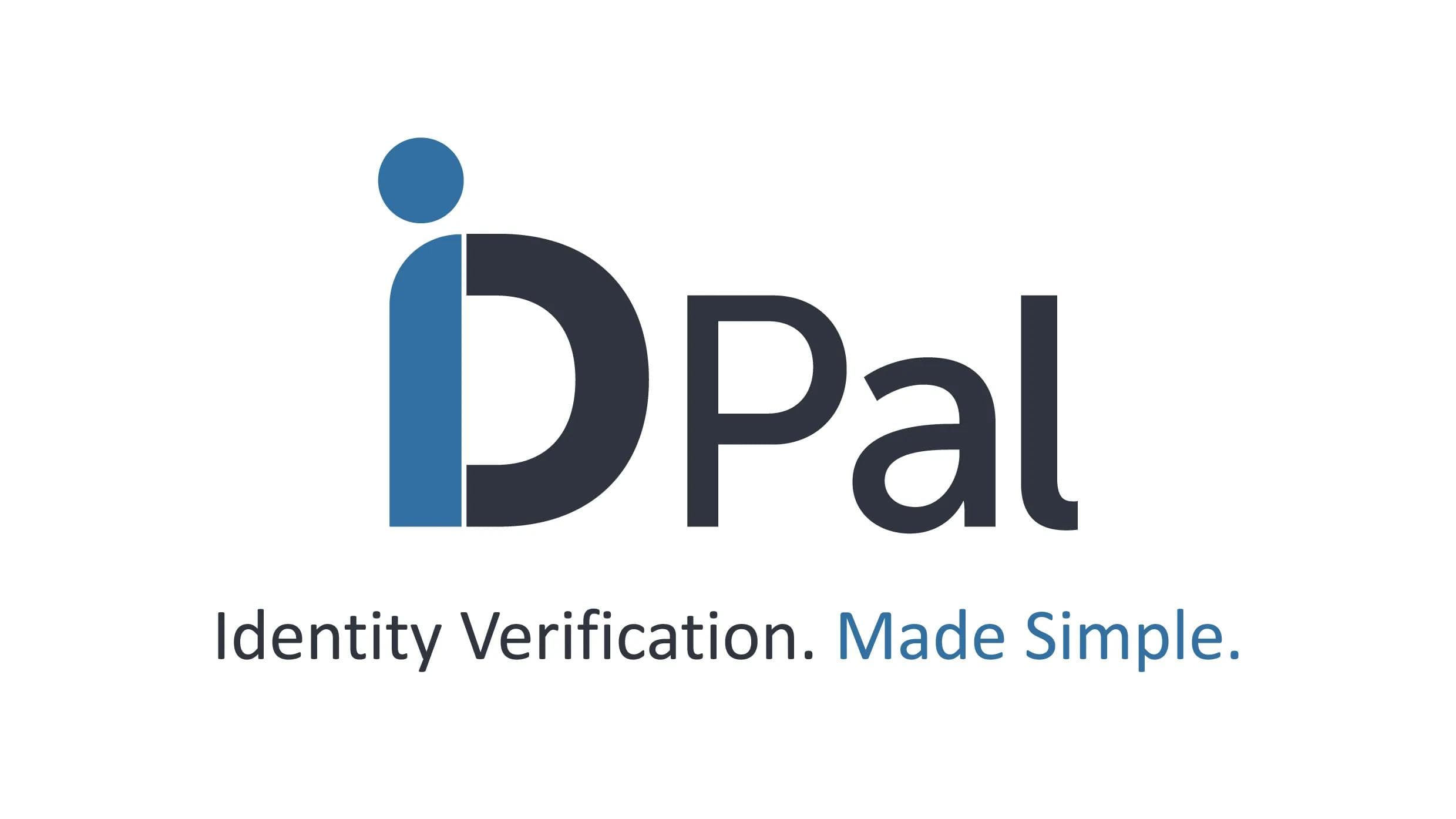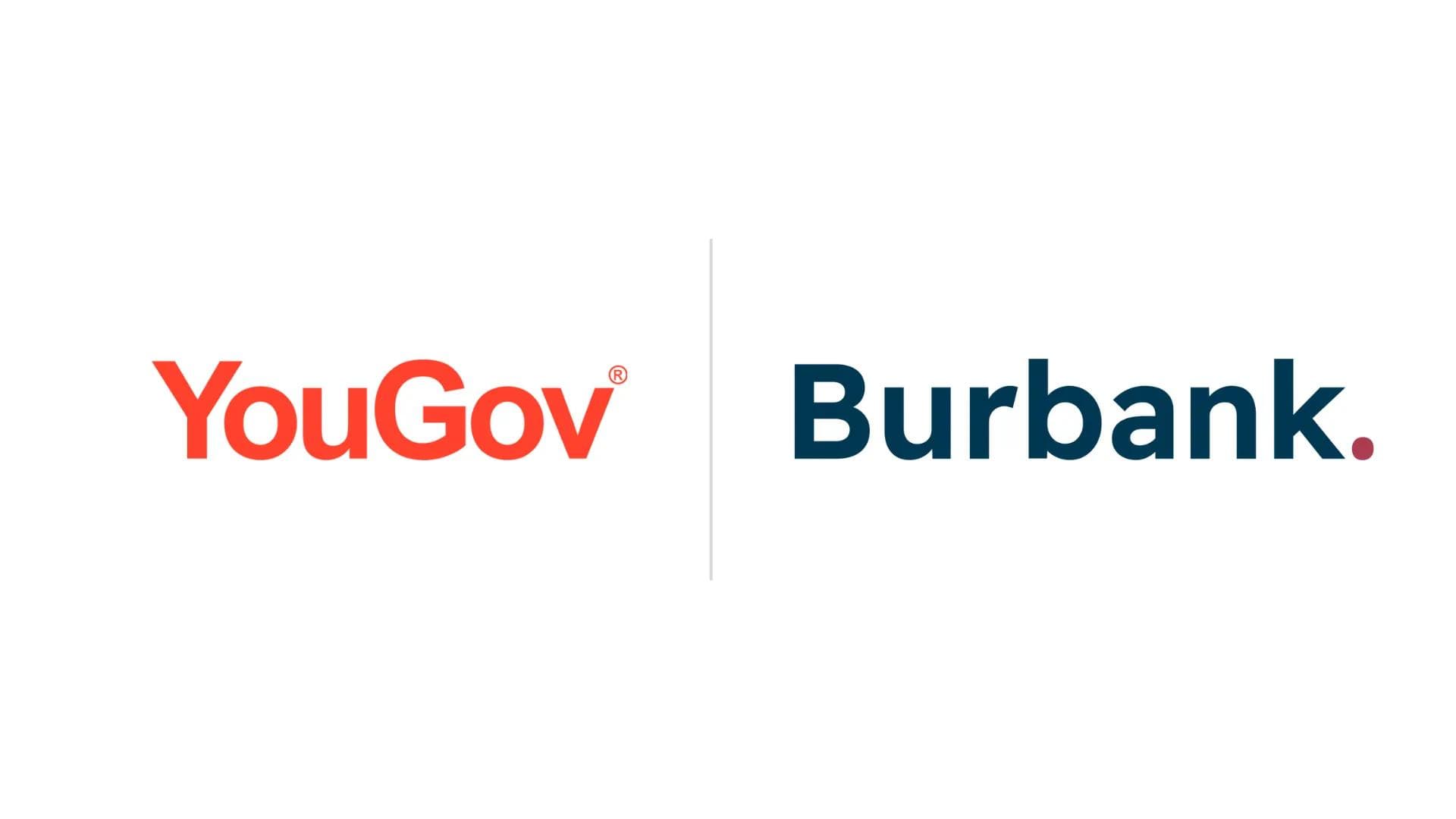Exclusive-Russian Railways expects interest costs to hit $7 billion in 2025
Exclusive-Russian Railways expects interest costs to hit $7 billion in 2025
Published by Jessica Weisman-Pitts
Posted on November 14, 2024

Published by Jessica Weisman-Pitts
Posted on November 14, 2024

By Gleb Stolyarov and Alexander Marrow
(Reuters) – Russian Railways expects its interest payment costs to hit $7 billion next year, suggesting a rise of around $4 billion, a company document seen by Reuters shows, as businesses and the government blame high rates for slowing investment growth.
The state-owned monopoly, which transports an average of 3.3 million metric tons of cargo a day and is a key logistical cog in Moscow’s industrial machine, is one of many businesses struggling with interest rates which have already hit 21%.
Although Russia’s economy has recovered from an initial hit from Western sanctions in response to Moscow’s 2022 invasion of Ukraine, GDP growth is now dependent on huge military spending.
This has fuelled persistent inflation and consumer spending, ultimately leading to economic overheating, which the Bank of Russia is trying to tackle with higher interest rates.
The central bank says widespread labour shortages are the root cause of the stubborn inflation and, as criticism mounts, its governor Elvira Nabiullina this week gave an impassioned defence of Russia’s banking sector, which is on course for record annual profits, and her monetary policy.
The TsMAKP think tank of economists, which advises Russia’s government, said the interest payment burden on companies had reached a five-year high in June, when rates were at 16%.
The bad news for Russian Railways, which is the country’s largest employer with 685,200 people on the payroll as of the end of 2023, is that interest rates are expected to rise further before dropping, with the central bank forecasting its average rate range in 2025 at 17-20%.
Russian Railways’ debt portfolio parameters are based on an average key rate of 16% in 2025, the document said. And it has a large amount of short and long-term debt pegged to the key central bank rate, filings show, meaning it will likely rise.
In April 2023, the central bank forecast that rates would be no higher than 7.5% in 2024, inducing many firms to take out floating rate loans, an approach that now looks misguided.
“As debt is refinanced at new interest rates, this burden will obviously grow and the spectrum of ‘vulnerable’ industries will expand,” TsMAKP said in a report on Thursday.
Russian Railways and Russia’s Ministry of Transport declined to comment on the document, which is part of materials for the group’s upcoming presentation of its 2025 investment programme to the government, a person familiar with the matter said.
The company’s net debt is seen rising to 3.90 trillion roubles ($39.6 billion) in 2025 from 2.54 trillion roubles as of June 30, 2024, the document showed.
Russian Railways is earmarking 687.5 billion roubles ($6.91 billion) for interest payments next year, a near six-fold increase on 2023. In the first half of 2024, it spent 110.6 billion roubles ($1.11 billion) on interest payments.
Reuters was not able to obtain a forecast for the second half interest payment costs, but extrapolating from the first half, the rise from 2024 to 2025 could be at least $4 billion.
This will hit its earnings, along with a rise to 25% from 20% in Russian corporation tax next year, with the document showing its 2025 annual profit forecast at 81.6 billion roubles, less than half that in 2023.
The company secured an emergency cash injection of 162 billion roubles in 2023 to help it cope with interest rates of 15%. Since then, the central bank has jacked up rates by 6 percentage points and is maintaining a hawkish stance.
Russian Railways, which had 2023 revenue of 3.02 trillion roubles, plans to reduce its investment programme from 1.275 trillion this year to “more than 1 trillion roubles” in 2025, Transport Minister Roman Starovoit said in October.
A large part of its planned spending is on expanding the BAM and Trans-Siberian railroads as Moscow aims to supply more fossil fuels to Asia, particularly China, and the West strives to reduce its trade with Russia.
($1 = 99.5000 roubles)
(Reporting by Gleb Stolyarov; additional reporting and writing by Alexander Marrow; Editing by Alexander Smith)
Explore more articles in the Top Stories category











